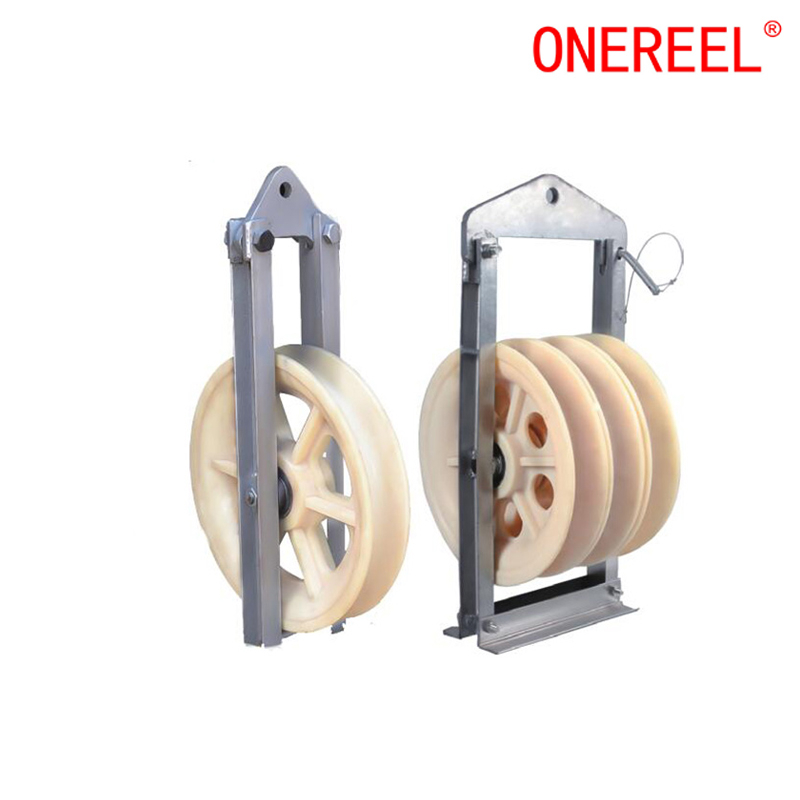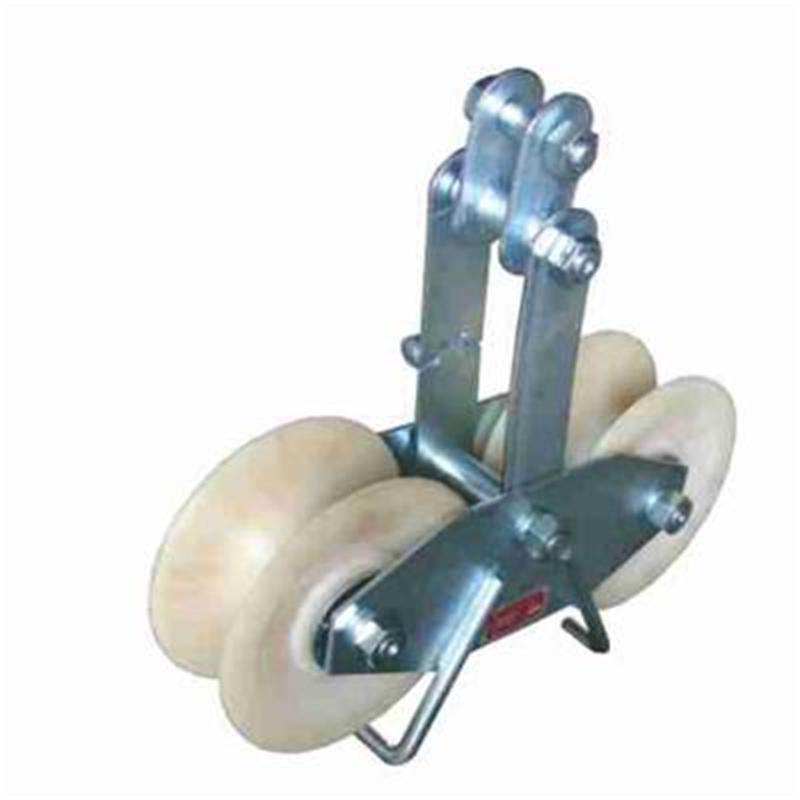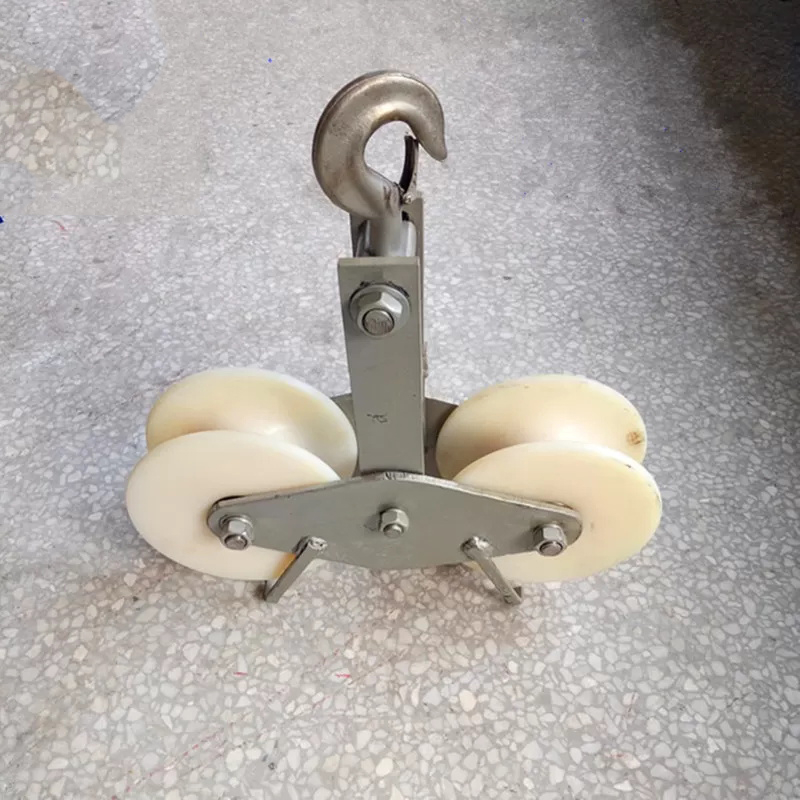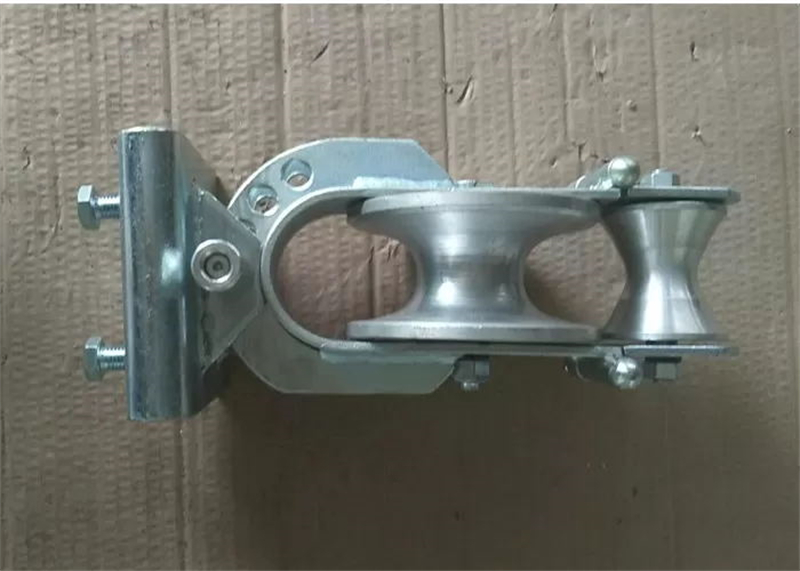
Privacy statement: Your privacy is very important to Us. Our company promises not to disclose your personal information to any external company with out your explicit permission.
While angled stringing blocks are incredibly useful for preventing stringing in 3D printing, there are times when things may not go as planned. This article delves into common issues that may arise with angled stringing blocks and offers solutions to troubleshoot them effectively.
Issue 1: Uneven Layers on the Stringing Block
Cause: Uneven layers on the stringing block may be caused by incorrect slicing settings, improper calibration, or issues with the printer's Z-axis.

Solution:
Issue 2: Stringing on the Main Print
Cause: Despite the presence of the angled stringing block, stringing may still occur on the main print due to incorrect settings or a poor-quality block design.
Solution:

Issue 3: Stringing Block Detaches Mid-Print
Cause: The stringing block detaching prematurely may be due to insufficient adhesion or inadequate support structures.
Solution:

Issue 4: Excessive Filament Usage
Cause: If your angled stringing block consumes a lot of filament, it may be due to incorrect slicer settings or a design issue.
Solution:

Issue 5: No Improvement in Stringing
Cause: In some cases, despite using an angled stringing block, stringing issues may persist due to underlying problems with your 3D printer.
Solution:

In conclusion, while angled stringing blocks are a valuable tool for mitigating stringing in 3D printing, they are not a one-size-fits-all solution. Troubleshooting issues that arise with these blocks involves a combination of reviewing slicer settings, adjusting design considerations, and maintaining your 3D printer. With patience and experimentation, you can achieve string-free, high-quality 3D prints with the help of angled stringing blocks.

Privacy statement: Your privacy is very important to Us. Our company promises not to disclose your personal information to any external company with out your explicit permission.

Fill in more information so that we can get in touch with you faster
Privacy statement: Your privacy is very important to Us. Our company promises not to disclose your personal information to any external company with out your explicit permission.